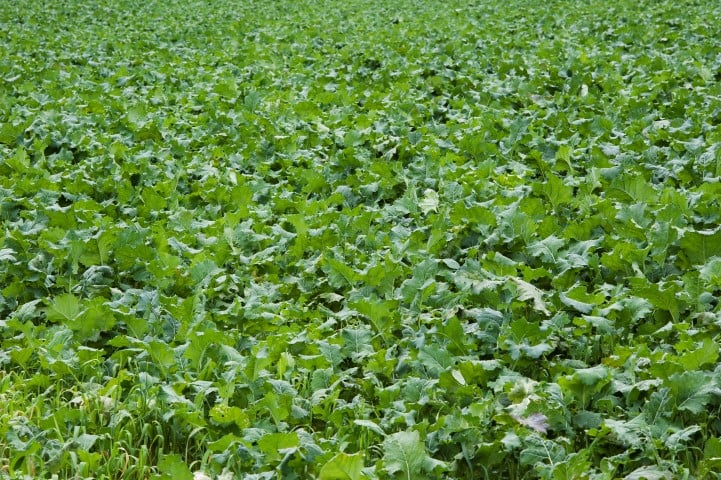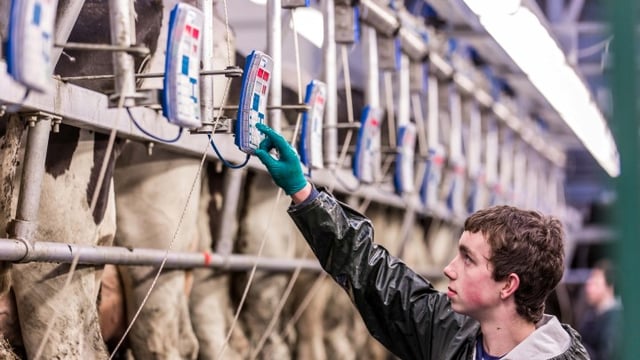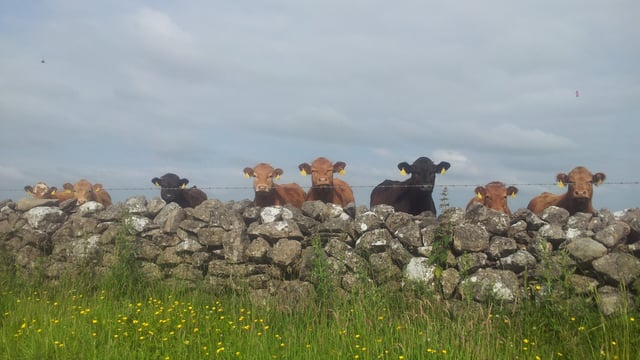Kale – valuable alternative to conventional winter feeding
Feeding forage kale to weanlings is an alternative forage source to conventional feeding systems of rearing replacement dairy heifers where soil conditions are suitable.
According to Teagasc kale has a high feeding value (DMD > 80%; 1.03 – 1.05 UFL/kg DM) and is equivalent to early spring grass in terms of quality. It also has a high level of crude protein (16-18% CP) to promote animal growth.
For success with kale early June sowing is key. So now is the time to plan.
Requirements
- Kale should be sown in the first week of June – the earlier the crop is sown the greater the dry matter (DM) yield. Sowing after mid-June will lead to lower DM yields and therefore reducing the economic viability of the system.
- A fine, firm seed bed is essential – kale seed is very small and soil needs to be well cultivated to ensure good germination. This can be completed by discing the paddock several times.
- Seed can be drilled or broadcast (higher seeding rates may need to be used when broadcasting)
- Seeding rates are ~ 4.5-5kg/ha
- Clubroot can be a problem in paddocks continually sown with brassicas – have a minimum of a five-year rotation and ensure that soil pH is adequate (preferably 6.5 – 7.0 pH)
- Nitrogen – For Index 3 soil 100kg N/ha will be required – best results are achieved when the nitrogen is applied in two applications. The first at sowing and the second at the 2-3 leaf stage
- P & K – For Index 3 soils 30 P and 170 K will be required and should be applied at sowing
- Once sown crops should not be forgotten about – they will need to be checked regularly for insect attack. In dry weather, flea beetle can attack – this is seen as ‘pin holes’ in the leaves at the 2-3 leaf stage. When the plant is well established it is open to attack from caterpillars (diamond back moth). This is seen as transparent windows in the leaf and when the leaf is turned over green caterpillars are visible. If both of these circumstances occur immediate action is required.





